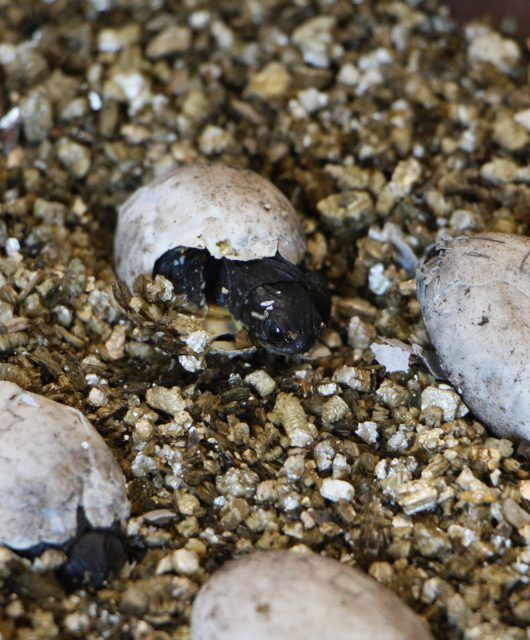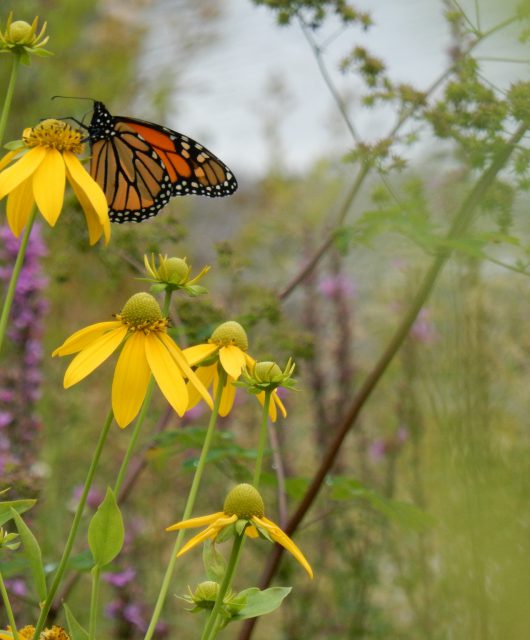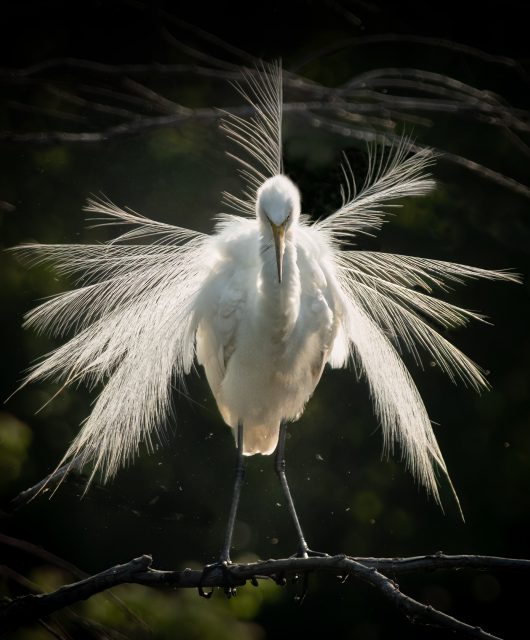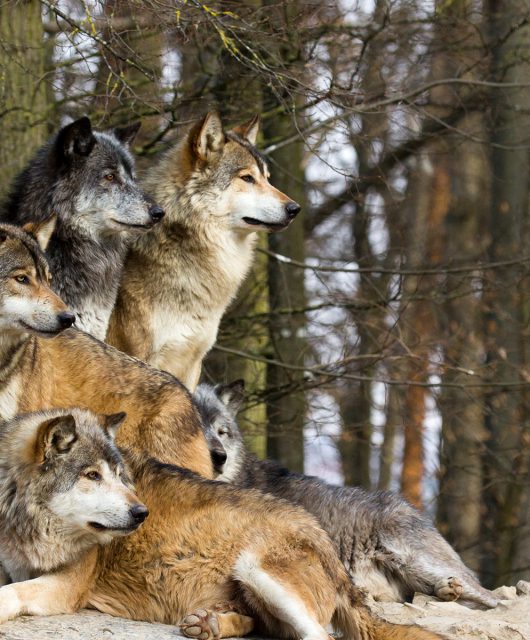Frogs will soon be calling, and we are calling on YOU!
With the start of spring, western chorus frogs (WCF) will soon start calling from their breeding wetlands within southwestern Ontario! For the past three years, Blazing Star Environmental has partnered with Canadian Wildlife Service and Trent University to create a volunteer-based, long-term, range-wide monitoring program for the WCF in Ontario. The program launched in 2020 and we are excited to announce that it will be running again in spring 2021!
Why Such a Large-scale Effort for Such a Little Frog?
For a little background info, the WCF is a small frog that grows to be about 2.5 cm long. It can be recognized by 3 broken dark vertical stripes down its back and a distinctive white stripe on its upper lip. However, you are most likely to recognize this frog by its breeding call, which sounds like a finger running down the teeth of a comb! The WCF ranges throughout southern Ontario, north to Huntsville and east into Quebec (see map below).
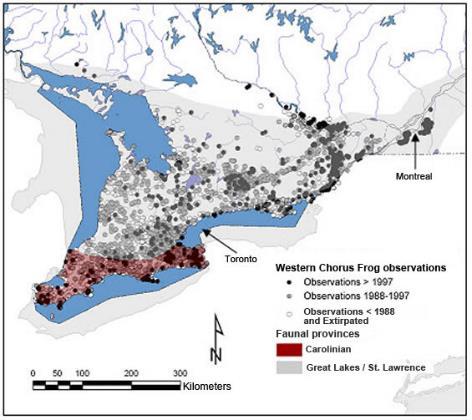
Importantly however, frogs are an indicator species for their environment and are important to Ontario’s biodiversity. They absorb water through their permeable skin and are therefore sensitive to water quality and the health of their habitat. Unfortunately, the WCF (Great Lakes / St. Lawrence – Canadian Shield population) is listed as threatened in Canada due to ongoing population decline. The 2015 WCF recovery strategy outlined threats faced by this species that include habitat degradation, pollution, invasive species, and disease.
Chorus frogs breed in temporary wetlands or flooded fields that lack fish and dry up later in the summer. This specialized habitat is shared with few other frog species – and is not a primary target for large-scale frog monitoring programs, which target more generalized frog habitat. Therefore, there are still many unknowns about the species including its distribution. More information, including assessments of trends in the species distribution over time, is needed to protect the WCF across their range, and the new species-specific long-term monitoring program will collect this much-needed information. Data gathered will inform recovery efforts and allow the conservation community to quickly detect and respond to population declines over time.
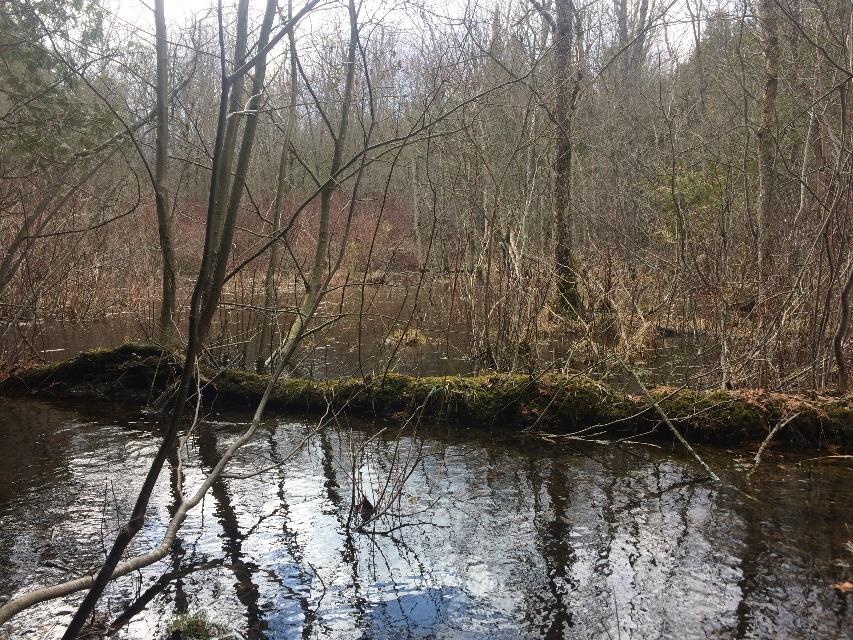
Surveying for WCF poses challenges because the range is large, and the calling season is short. While Blazing Star Environmental is determined, our team is small. The success of this program depends on the participation of passionate volunteers across the Ontario range of the WCF. In 2020 the program’s dedicated volunteers detected WCF at 291 locations, and we hope to find even more this year! We have recruited hundreds of volunteers to conduct surveys across the range. However, we are currently lacking volunteers in the northern extent of their range (see map below).
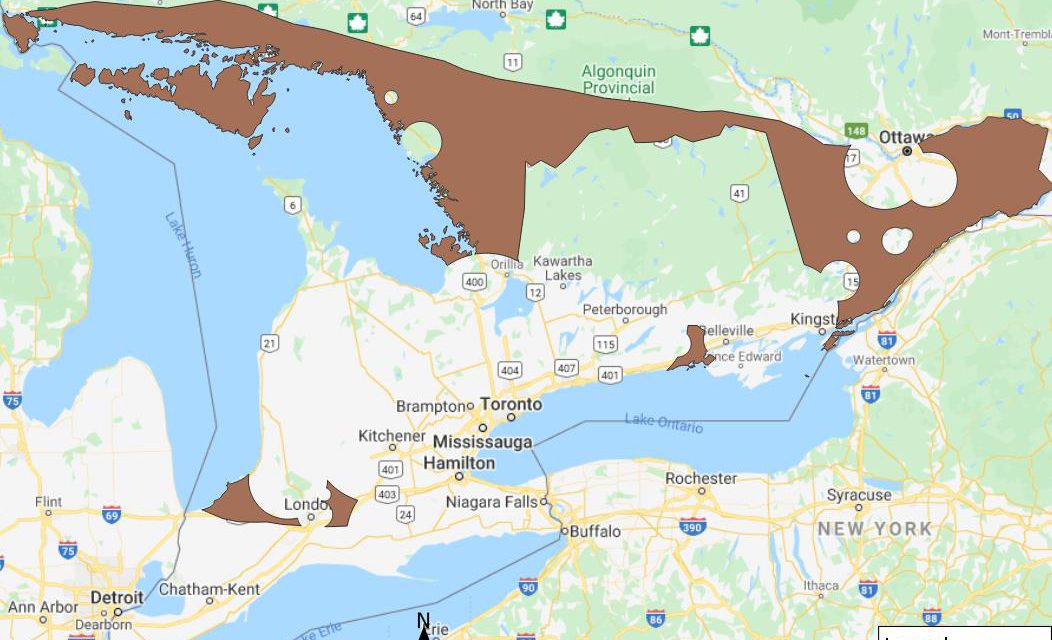
Volunteers need only choose the number of sites they wish to survey, the distance they are willing to travel, and to conduct 5-minute auditory surveys 3 times during the calling period (March – early June). If you are located in the program gap areas, Blazing Star Environmental invites you to join the chorus this spring by volunteering with the WCF long-term monitoring program! For more information about volunteering with the program including important COVID-19 measures email [email protected]
Learn more about the Chorus Frog at Hinterland’s Who Who, a joint program between the Canadian Wildlife Federation and Environment and Climate Change Canada.

